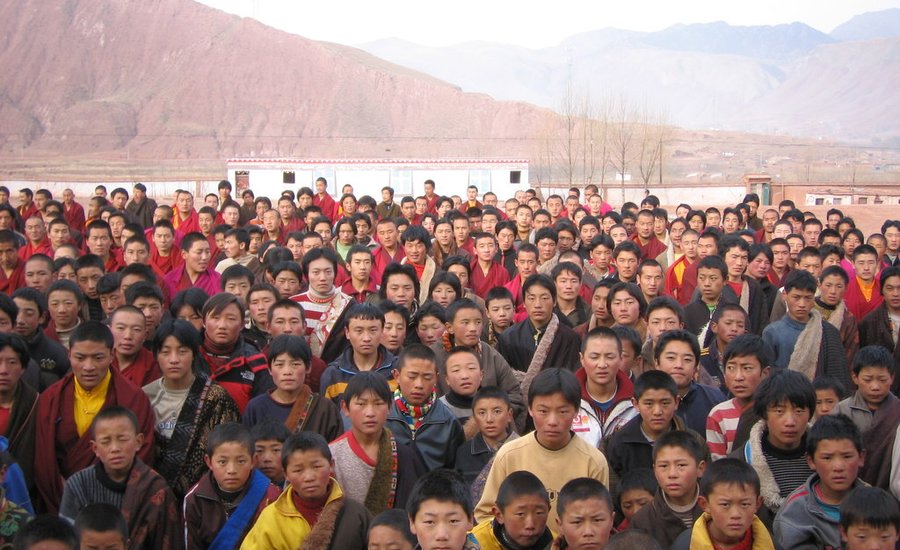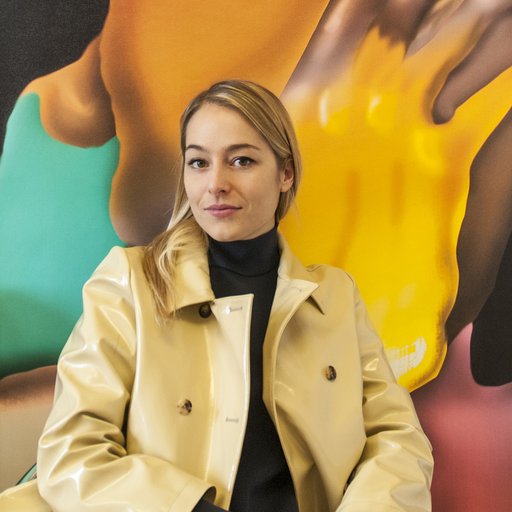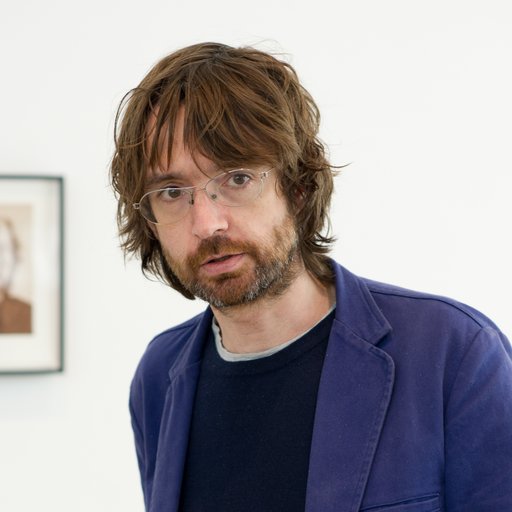For the past 20 years, the Trace Foundation has been working intimately with people living on the Tibetan Plateau, a region of almost 100,000 square miles with an average elevation of more than 14,800 feet—justifying its title of "the roof of the world," as it's often referred to. Growing crops has proven difficult on this high-altitude terrain, to say the least, which may explain why roughly 40 percent of the people living there are pastoral nomads, raising livestock and traveling with the herds in search of grazable lands. Nomadism may be an efficient strategy in coping with the harsh terrain and capitalizing on natural resources—but without fixed communities and school systems, access to education becomes extremely difficult. Here's where the Trace Foundation comes in.
Providing scholarships and support to Tibetans living on the Plateau, the Trace Foundation has helped to educate thousands, many of whom go on to teach their fellow community members in return. In New York, Trace organizes exhibitions and events to showcase the work of Tibetan artists and filmmakers, raising awareness about Tibetan culture in the West. On the occasion ofthe Trace Foundation's partnership with fashion label Maiyet and Artspace to produce an edition of Tibet-influenced silk scarves and an auction of unique works by artists Livia Liverani and Nyima Dhondup, Artspace's Loney Abrams spoke with the foundation's managing director, Paola Vanzo.
Can you tell me a bit about what the Trace Foundation does?
Trace is a private foundation. We’ve been working for the past 20 years, supporting the continuity, development, and vitality of Tibetan communities. We work with people to better their lives and reinforce the uniqueness of Tibetan culture, language, and places.
Why Tibet?
Tibet was the main interest of our founder, Andrea Soros. She went to Tibet after she graduated and fell in love with the region, the people, and the culture. She went back to teach English as a second language to a very remote community in a small village on the Tibetan plateau. She started to understand the hardship that the nomadic and farming communities were facing, and decided to dedicate most of her life to support those communities. She came back to the U.S. and created the foundation which began as a small organization giving grants, and slowly developed as she gained better knowledge about what was needed—putting the individual at the center and trying to work in partnership with local communities. We began to focus on education, supporting individuals from kindergarten all the way to college with the infrastructure and methodology they need to succeed.
What areas of study do they typically pursue?
Mainly education, because educators are still very much needed in Tibet. But we’ve also started scholarships just for women, and also scholarships for business and legal studies. Now we receive more and more demand for fine art education, especially filmmaking. This is something we’re trying to support on a more professional level so artists and filmmakers can successfully reach a wider audience.
It seems like Trace would be especially equipped and qualified to provide arts education, since the foundation is already plugged into the art world here in New York.
Yes. We are the only institution that really does this on the Tibetan Plateau. We’ve done it for so long, and over the years we’ve given more than 7,000 scholarships. It's necessary to engage other people and encourage them to understand how someone else’s input and support might influence another’s life, and then in return influence their own community.
Am I right in thinking Trace's programming is two-pronged, with one initiative in Tibet which is focused on education and one in the U.S. which is focused on events and exhibitions that showcase Tibetan artists?
Yes, I think you’re right in saying there are two sides of our work. The work that we do in New York is to raise awareness of Tibetan culture and to give a voice to artists, researches, academics, and other Tibetans. This is so they can have a stage in New York to explain what contemporary Tibet is. We support a lot of filmmakers and artists inside Tibet and then we bring them over and give them an opportunity to showcase their work and tell their story. The main aim of the exhibitions that we curate is to give artists a voice and help them support themselves with the sale of their artwork.
I'm sure Tibetan art is varied and diverse, but can you tell me about what is typical for traditional Tibetan art?
Tibetan art is one of the richest traditions, in general. The most prominent form of art is the Thangka painting—a scroll painting done with mineral pigment, with religious content. It features a lot of symbolism and religious iconography, but can also be instructional—for example, a medicine Thangka features all the different traditional medical ingredients that could be used by Tibetan doctors. Over the last 15 years, there has been a flourishing in the number of contemporary Tibetan artists. They're all using different media and formats—canvas, silk, paper, oils, minerals, photographs, etc. It is a very rich scene and it's interesting to see how things have evolved in the last 10 to 15 years, how much these works can express, how much can be heard and learned just by looking at the contemporary pieces that are coming from the hands of Tibetan artists. It's kind of amazing, actually, what they are doing.
Can you tell me about your partnership with Maiyet?
The partnership with Maiyet came about through Artspace who suggested the possibility of working together. Maiyet is interested in working with many different cultures and had a particular interest in the Himalayan area. We met because they wanted to have an exhibition of Tibetan art in their showroom, and I suggested it would be even more unique if we identified some artists that have a Tibetan imprint or are focusing on Tibetan symbolism and ask those artists to use the textile that Maiyet uses for their collection. That is how this idea of having a couple of artists paint on the fabric Maiyet uses came about.
Since light has been increasingly cast on sweatshops and companies exploiting cheap labor overseas, consumers have become more aware of the global production chain and are more inclined to consume ethically and consciously. The Trace Foundation turns the traditional power dynamic on its head, reversing the standard production chain so that creative design is executed in Tibet and the production happens with Maiyet’s manufacturers.
Yes. In this particular case, we are working with artists who are influenced and trained by Tibetan art. Of the two artists we chose to work with, one happens to be Tibetan and living in Italy, and the other artist is Italian though she had been trained for years in the Himalayas in traditional Tibetan art.
Artisans and designers are often outcasts from the world of fine art. With your partnership with Artspace and Maiyet, you're bridging the disciplines of fine art and fashion. Why is it important to facilitate collaboration between disparate industries?
We’re trying to break the barrier between different industries, and this partnership is one of the reasons why Trace is a front runner in doing this. We believe there’s so much potential in possible collaborations between fashion brands and textile designers, and artists—both worlds benefit one another. You get something so rare and beautiful by just bringing these two worlds together—something you can't get from the sweatshop model you described. In this case, any profit the Trace Foundation may make from the partnership goes back to support more artists and provide more scholarships. Furthermore, artists like to create something that they know will help others and give back to their communities.























